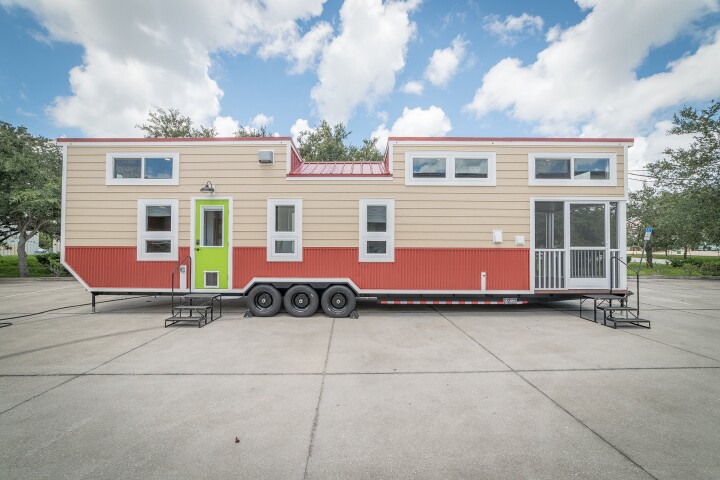For a number of years now, people living in arid regions have acquired drinking water by using nets to capture the microscopic airborne water droplets that make up fog. Now, researchers from Virginia Tech have improved on the concept, creating a "fog harp" that increases the collection capacity by threefold.
A conventional fog net consists of a mesh of vertical and horizontal wires, which the droplets cling to as fog passes through. Once enough of those droplets have accumulated on the mesh, gravity causes the collected water to trickle down the vertical wires, into a trough at the bottom.
If the gaps in the mesh are too large, many droplets will pass through it without being caught. If they're too small, on the other hand, they'll soon clog up with water, keeping more fog from passing through. As a result, the gap size in most nets is kind of a compromise between the two.
That's where the fog harp comes in.
Consisting of an array of closely-spaced vertical stainless steel wires, it works like a fog net without the horizontal wires. The gaps in the array are small enough that lots of droplets are captured as fog passes through, but because there aren't any horizontal wires getting in the way, water flows down the vertical wires much more readily, keeping the harp from clogging. The thinner the wires, the more efficiently it works.
The design was inspired by nature.
"On average, coastal redwoods rely on fog drip for about one-third of their water intake," says associate professor Brook Kennedy. "These sequoia trees that live along the California coast have evolved over long periods of time to take advantage of that foggy climate. Their needles, like those of a traditional pine tree, are organized in a type of linear array. You don't see cross meshes."
Small prototypes have already been tested in indoor fog-simulating chambers, with plans calling for a larger 700-wire model to soon be trialled in an outdoor setting.
A paper on the research was recently published in the journal ACS Applied Materials & Interfaces.
Source: Virginia Tech




